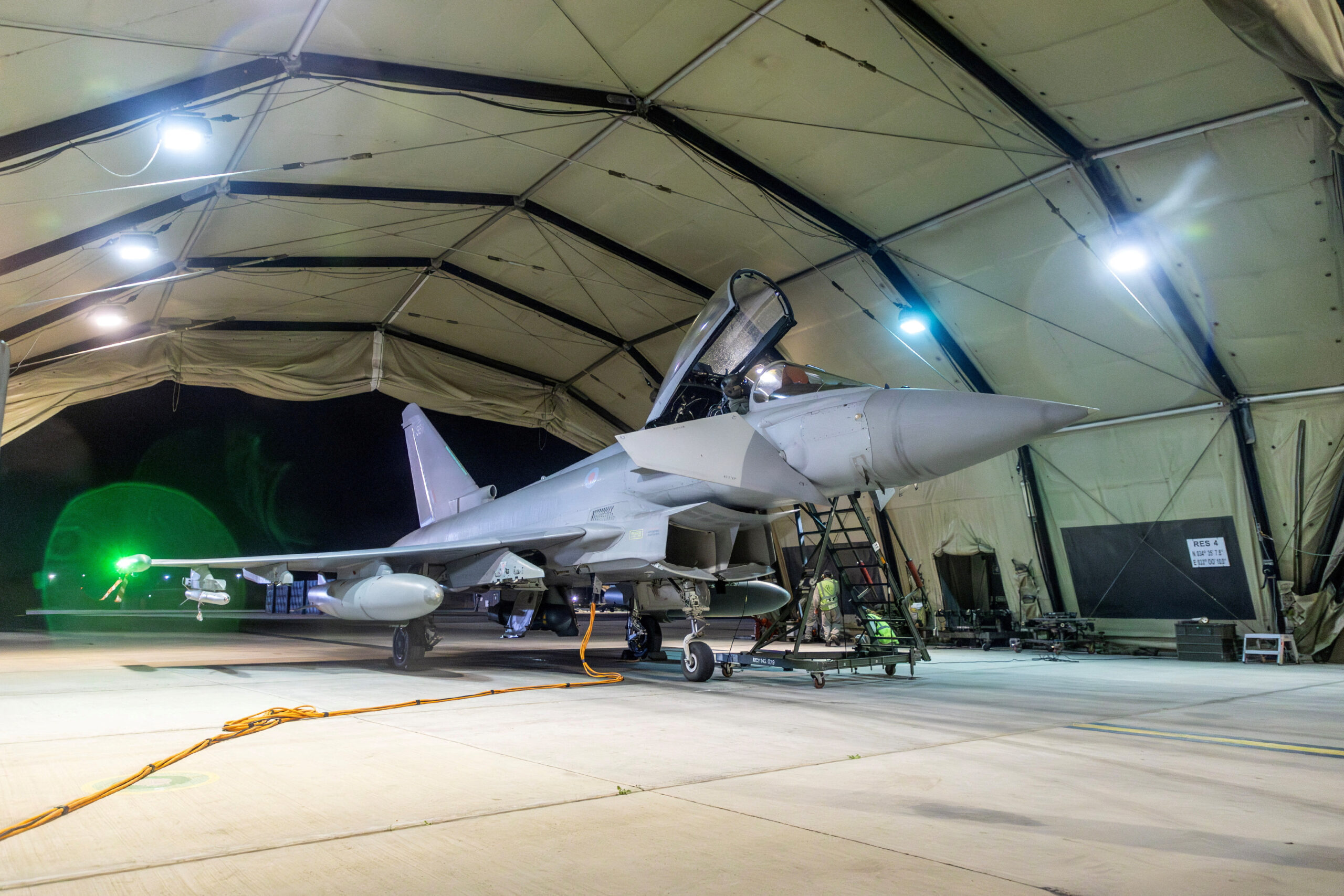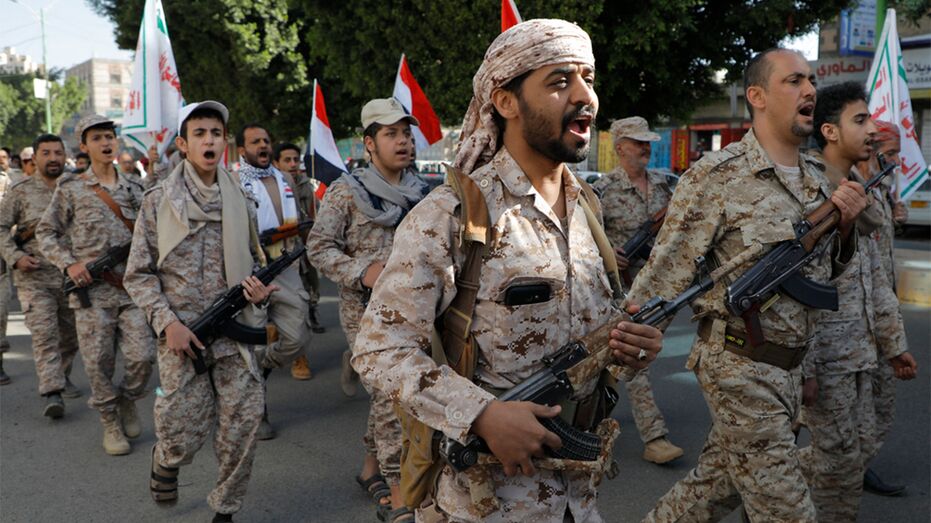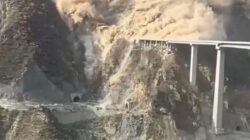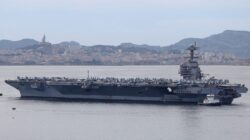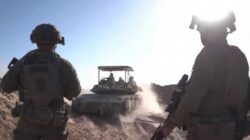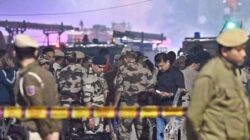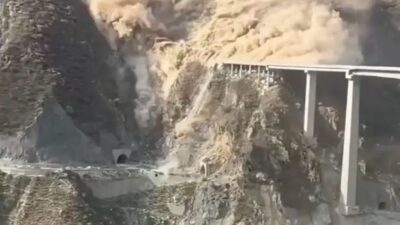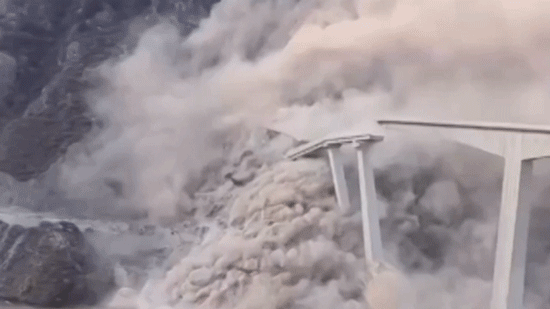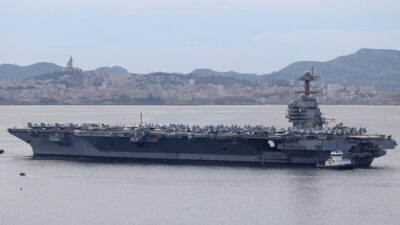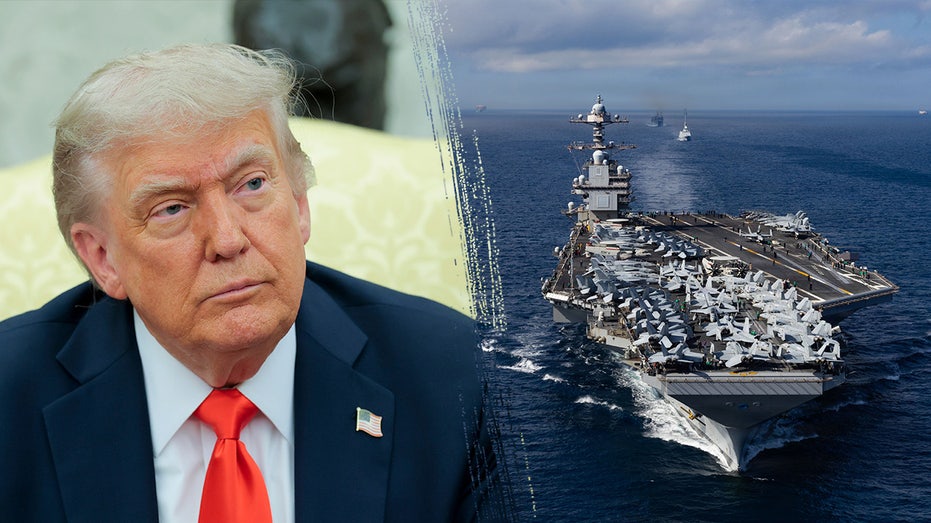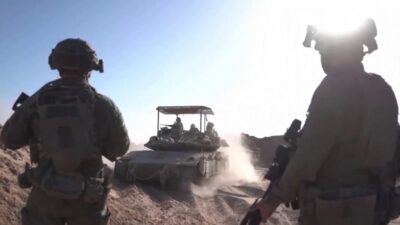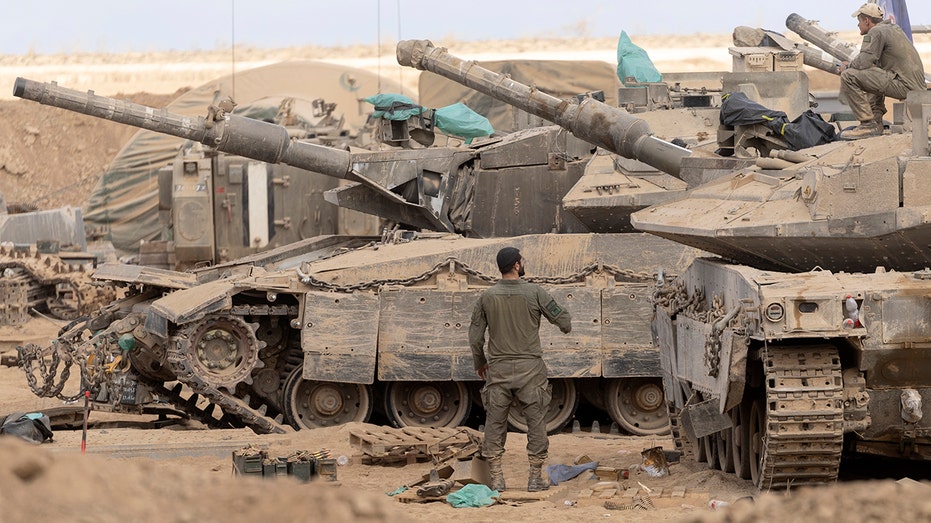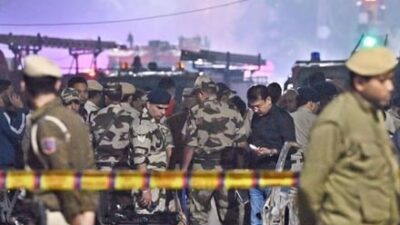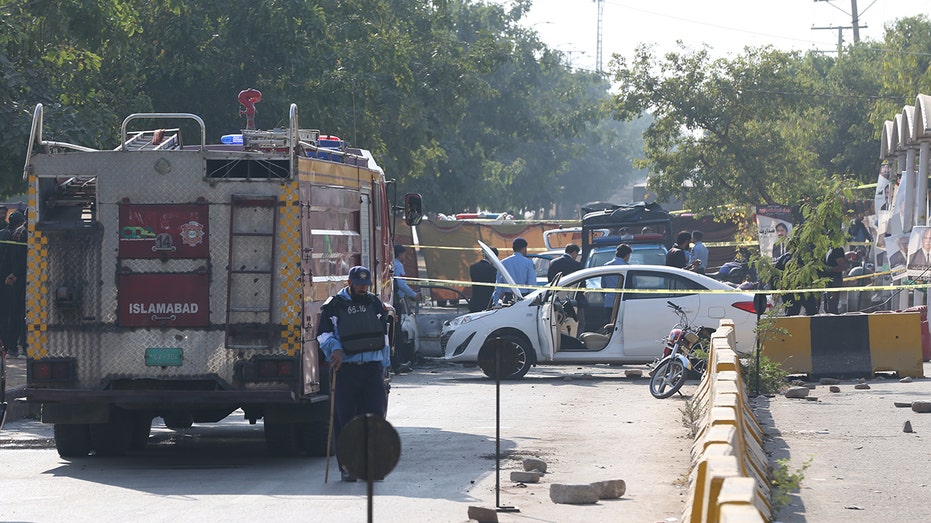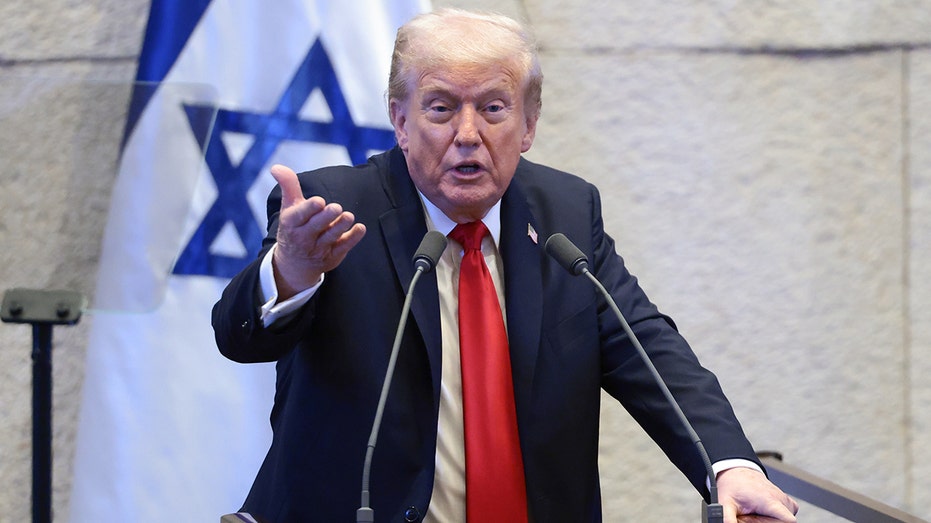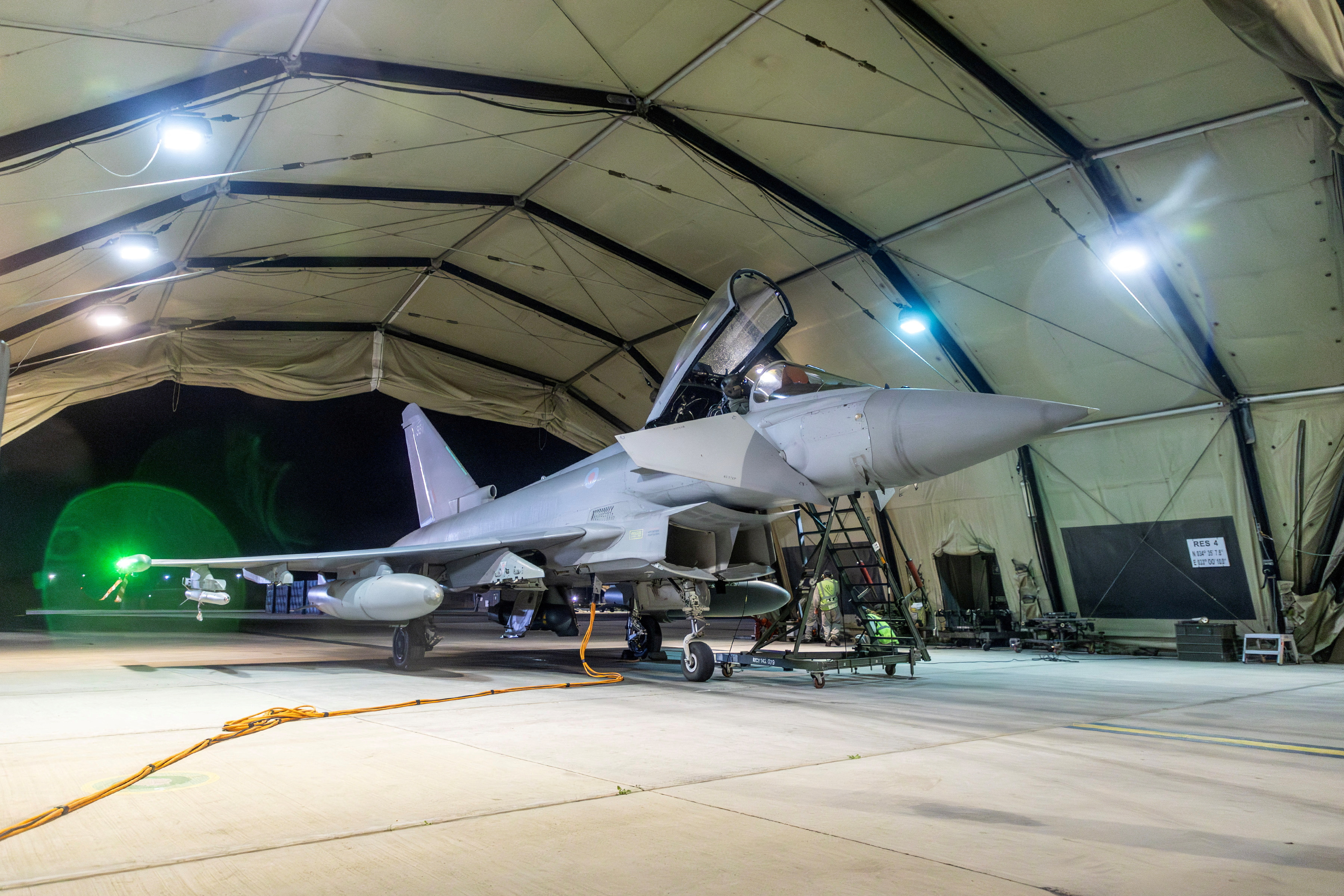
Houthis Fire Surface-to-Air Missiles at U.S. Fighter Jet for First Time
Date: February 19, 2024
Groundbreaking Incident
In an unprecedented show of aggression, Houthi rebels launched surface-to-air missiles (SAMs) at a U.S. F-16 fighter jet on February 19, marking a significant escalation in the ongoing conflict. Three senior U.S. defense officials confirmed that the aircraft was conducting operations over the Red Sea, near the Yemeni coast, when the missile was fired. Fortunately, the attack did not result in a direct hit.
On the same day, the Houthis also targeted an American MQ-9 Reaper drone engaging in surveillance operations outside Houthi-controlled areas in Yemen. This marked a notable increase in military confrontation between the Iranian-backed Houthis and the U.S. military forces, who have been involved in the conflict primarily through the Navy and Air Force.
Context of U.S. Engagement
The recent missile attacks by the Houthis come against the backdrop of escalating tensions in the region, particularly following the October 7, 2023, Hamas attack on Israel. In response, the Biden administration has taken steps to bolster U.S. military presence in the Red Sea and the strategically significant Bab al-Mandab Strait, aiming to protect American warships and escort commercial vessels risked by Houthi threats.
Increased Military Activity
The Houthis intensified their missile assaults shortly after Israel commenced its military response in Gaza. In retaliation, U.S. Central Command has ramped up airstrikes against Houthi positions, targeting crucial infrastructure and weapons-storage sites affiliated with the group. This retaliatory action is part of a broader U.S. strategy to confront Houthi provocations and strengthen regional stability.
Policy Discussions at the Pentagon
As military engagements increase, a robust policy debate has emerged among senior military officials regarding the most effective approach to counter the Houthi threat. Following the Trump administration’s reincorporation of the Houthis into the State Department’s list of terrorist organizations, officials are weighing two primary strategic options:
- A sustained counterterrorism campaign aimed at targeting specific Houthi leaders believed to be orchestrating ongoing attacks.
- A more defensive posture that would focus on damaging Houthi infrastructure and weapons capabilities.
Weighing the Risks of Escalation
Transitioning to a full-scale counterterrorism campaign would represent a marked escalation in the U.S. military response and could incur substantial costs. These costs could also complicate the current deployment of military resources, which have been stretched as some assets, like MQ-9 Reaper drones, are aimed at addressing issues along the U.S. southern border.
Military leaders express increasing concern over the likelihood of a successful Houthi missile strike on a U.S. Navy vessel. Such an incident could result in devastating casualties and significant damage to ships, including aircraft carriers and destroyers stationed in the region in the wake of the October 7 attacks.
Ongoing Challenges in Missile Defense
Despite the successful interceptions of all incoming Houthi missiles and drones thus far, the U.S. military acknowledges the precarious nature of these defensive operations. Some interceptions have occurred mere seconds before impact, underscoring the urgency and precision required in missile defense scenarios.
For nearly two years, the U.S. Navy has been engaged in near-constant combat operations in the Red Sea, routinely defending against Houthi missile threats using advanced systems like the SM-2 and SM-3 missile interceptors. The financial and operational costs of maintaining this level of engagement continue to strain military resources, necessitating ongoing examination of strategy and effectiveness.
Looking Ahead: The Future of U.S. and Houthi Engagement
As tensions remain high, the potential for further escalations looms large in a region already fraught with conflict. The U.S. military’s strategic calculations will play a crucial role in determining how to approach this complex situation effectively.
With ongoing debates unfolding within military circles, the ultimate decision on how to address the Houthi threat will rest with the White House. As policymakers weigh the implications of various strategies, the stakes in the Red Sea and surrounding areas remain precariously high, prompting a closer examination of the role of foreign policy and military engagement in the region.
This HTML article includes headings and sections structured in a journalistic style, capturing the essence of the original article while expanding on different aspects of the situation.
